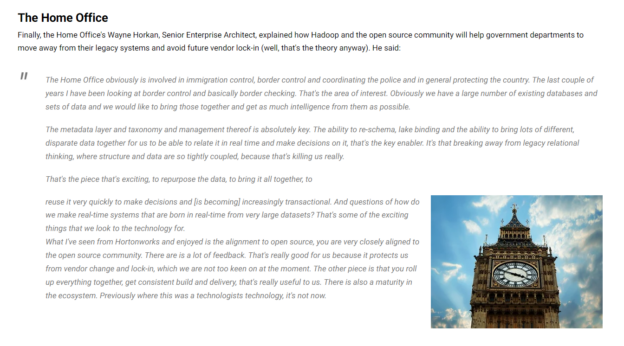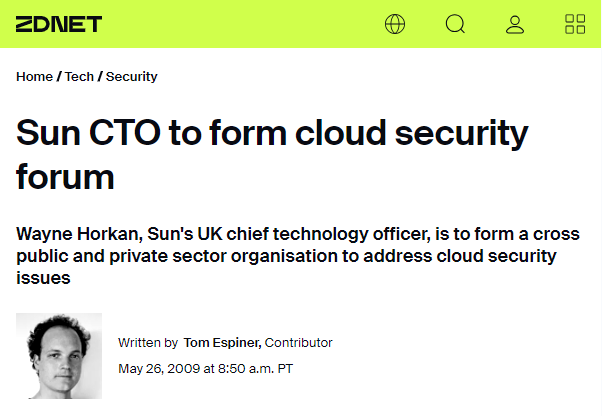In the mid-1970s, as an Anglo-Irish lad on the grimy streets of Birmingham, I learnt early that the sharp cut of prejudice and discrimination ran deep. I was schooled not only in mathematics and English but also in the raw lessons of hate – that being Irish in England was equivalent to being the “other”, an undesirable. Yet, today, when discussions of racism and ethnic minorities rear their head in the UK, the plight of the Anglo-Irish community is conspicuously absent. We are neither acknowledged for the hate we bore nor included in the efforts towards ethnic diversity and inclusion. It is as if we, who have endured the harsh sting of bigotry, are invisible.
During the dark periods of the 60s, 70s, and 80s, the Anglo-Irish were discriminated against ruthlessly. Job postings brazenly sported signs “No Irish need apply”. Bricks were thrown through windows of Irish homes and crude caricatures of us flooded the newspapers, accentuating our ‘otherness’ with brutal clarity. We were demeaned, dehumanised and treated as second-class citizens. The echoes of this era still linger, and yet, they are largely forgotten.
We have been conveniently erased from the narrative of ethnic minorities in the UK. As society rightly fights for the rights of those facing discrimination based on their race, ethnicity or religion, why are the Anglo-Irish left out of this crucial conversation?
The problem is twofold. Firstly, it’s a matter of definition. The UK’s Equality Act 2010 defines ethnic minorities concerning race, colour, nationality and ethnic or national origins. The Irish, whether from Northern Ireland or the Republic, are deemed as ‘White’ under these categories, and so, despite the historical and ongoing discrimination, we are not officially recognised as an ethnic minority.
Secondly, there’s a potent cultural amnesia at play. The collective memory of the Irish diaspora’s historical suffering in the UK seems to have been conveniently set aside. This intentional forgetfulness doesn’t make sense unless it is seen as a part of the larger project of concealing inconvenient histories and avoiding difficult conversations.
Are we to forget the Birmingham pub bombings of 1974, or the Guildford pub bombings the same year? The consequent rampant anti-Irish sentiment was no less racially charged than the horrors we see today, inflicted on other ethnic minorities. Does our paler skin or our geographic proximity to England make our suffering less valid?
Let it be clear – we do not seek to compete in an oppression Olympics. Rather, we seek recognition of our past, inclusion in the present, and safeguards for our future. We cannot build an inclusive society by picking and choosing the stories we wish to remember and the histories we wish to acknowledge.
Inclusion and equality should not be a selective process, and the silencing of the Anglo-Irish community’s past and present experiences is a disservice to the principles of fairness that the UK purports to uphold. Ethnic minorities are not simply those who are visibly different, but those who have been marginalised, demeaned and treated as less than equal, based on their ethnic, national or racial backgrounds.
In this light, the neglect of the Anglo-Irish community is not only a historical failing; it’s a present failing of our societal conscience. If we are to truly strive for a diverse, equal and inclusive society, then the struggles and the experiences of all ethnic minorities, including the Anglo-Irish, should be acknowledged, understood and tackled.
The road to a fairer society is bumpy and difficult, but it is one we must all tread. We need a paradigm shift in the understanding of ethnicity, one that recognises the experiences of discrimination, prejudice, and hatred that are not bound by the colour of one’s skin but are anchored in the collective cultural memory of being the ‘other’. The narrative must change; the Anglo-Irish should not be made to feel that they are ‘less than’ any other ethnic group. We must ensure that the wider society acknowledges our historical struggles, understands our unique cultural heritage, and accepts our place in the mosaic of multicultural Britain.
Acknowledging the Anglo-Irish community as an ethnic minority is not an exercise in tokenism. Rather, it represents a fundamental principle of equality – that all who have suffered discrimination and prejudice based on their ethnicity are entitled to be seen, heard and protected. To exclude the Anglo-Irish is to dismiss a vital chapter of the UK’s complex multicultural narrative. It is to undermine the efforts towards creating a society where all its members, regardless of their ethnic or racial background, are treated with respect and dignity.
The Anglo-Irish, despite decades of enduring prejudice, have contributed immensely to the UK in myriad ways, from arts and literature to politics and science. The James Joyces and the Oscar Wildes are part of the cultural DNA of this land as much as any other ethnic minority. To overlook this is to rob the UK of a rich tapestry of diversity and dynamism.
The painful legacy of prejudice against the Irish in Britain is a stark reminder of the suffering that can result from intolerance and misunderstanding. Yet, the silence surrounding the discrimination faced by the Anglo-Irish today perpetuates this injustice. By excluding us from the discussions on ethnicity and minority rights, the UK fails not only the Irish but all those committed to the cause of equality and diversity.
So, I ask, not merely as an angry yet hopeful Anglo-Irish man in his fifties, but as a member of this intricate tapestry we call Britain, don’t allow our narrative to dissolve into the annals of obscurity, that our story not be swept under the rug. Our shared history must not be a spectre that haunts us, rather it should be the compass that guides us, pointing towards a horizon of inclusivity and acceptance.
The Anglo-Irish story, imbued with strife and endurance, deserves more than a footnote in the grand volume of Britain’s multicultural narrative. Our voices need to reverberate in the halls of discussions on ethnicity, diversity, and minority rights. The mosaic of Britain’s multicultural society, resplendent in its varied hues, can only be seen in its entirety when every piece is honoured. To neglect even one piece is to distort the integrity of the whole.
Because, who among us, would willingly embrace a Britain that is less than it can be? Who would be content to inhabit a Britain that doesn’t echo with the diverse voices of its people? The strength of Britain lies in its ability to embrace all its narratives, to give voice to each of its citizens. Our collective future depends on our ability to acknowledge our collective past.
It’s time the Anglo-Irish narrative became an integral part of Britain’s multicultural symphony, not a forgotten refrain. It’s time we lived in a Britain that is, in every sense of the word, whole.





